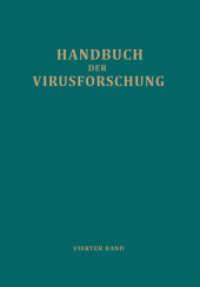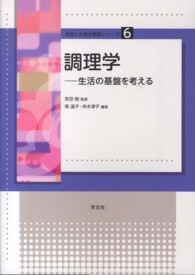Full Description
This practical analytical guide to classroom languaging dynamics in L2 tertiary classrooms integrates multimodality, sociological theory of education and ecosocial semiotic perspectives. It offers a theoretical and methodological framework for conducting multimodal analysis of meaning-making processes in different pedagogical settings.
The multimodal investigation of real-time classroom interactivity showcases an embodied coordination of vocalization and gesticulation in classroom interactions, where it varies from students' solo speech in individual presentations, to teacher-student interactions in group discussions, and to student-student interactions in role-play. With a unified conceptual framework articulating both the macro and micro analysis, this book proposes more ecological-based approaches to language and unpacks a multi-scalar analytical framework to open up for an embodied analysis of meaning-making processes in multimodal interaction analysis. The rich systematic analysis built upon the ecosocial semiotic approach illustrates in practice how theoretical frameworks link to empirical data analysis through exemplified analytical processes and practices, and demonstrates the value of how multimodal interaction analysis contributes to the understanding of the cognitive dynamics of languaging activities that take place in L2 educational contexts.
The book provides not only a practical methodological guide to multimodal interaction analysis, but also hands-on analytical references to multimodal classroom research in the field. In addition to early career scholars and PhD students, this volume will be valuable for international academics looking for complementary frameworks or approaches to multimodality, particularly in the L2 Asian contexts.
Contents
List of Figures; List of Tables; Acknowledgement; Chapter 1 Introduction; Chapter 2 Languaging Dynamics and Multimodality; Chapter 3 Multimodal Interaction Analysis; Chapter 4 Pedagogic Discourse Structuring and Recontextualization; Chapter 5 Literary Text Recontextualization in Languaging Dynamics I; Chapter 6 Literary Text Recontextualization in Languaging Dynamics II; Chapter 7 Multimodal Sense Making and Embodied Coordination; Chapter 8 Meaning, Consciousness and Identity; Chapter 9 Conclusion; References; Index








